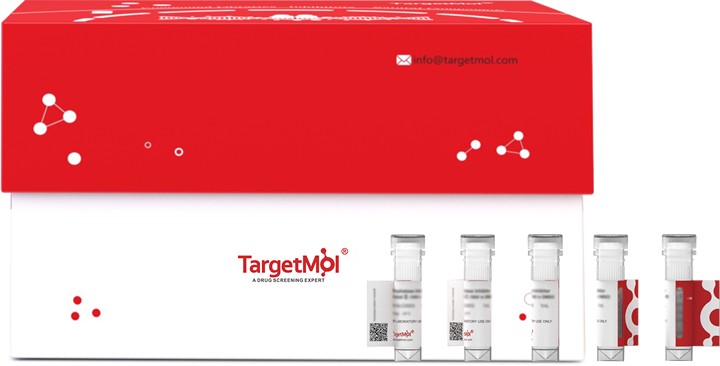购物车
全部删除  您的购物车当前为空
您的购物车当前为空
VEGF164 Protein, Mouse, Recombinant (Yeast) is expressed in P. pastoris (Yeast). The accession number is Q00731-2.

| 规格 | 价格 | 库存 | 数量 |
|---|---|---|---|
| 5 μg | ¥ 750 | 6-8日内发货 | |
| 10 μg | ¥ 1,220 | 6-8日内发货 | |
| 20 μg | ¥ 1,950 | 5日内发货 | |
| 50 μg | ¥ 3,680 | 5日内发货 | |
| 100 μg | ¥ 5,930 | 5日内发货 | |
| 200 μg | ¥ 9,590 | 5日内发货 | |
| 500 μg | ¥ 18,000 | 5日内发货 |
| 生物活性 | ED 50 < 6.0 ng/ml, measured by the dose-dependent stimulation of the proliferation of HUVEC cells, corresponding to a specific activity of > 1.7 × 10^5 units/mg. |
| 产品描述 | VEGF164 Protein, Mouse, Recombinant (Yeast) is expressed in P. pastoris (Yeast). The accession number is Q00731-2. |
| 种属 | Mouse |
| 表达系统 | P. pastoris (Yeast) |
| 标签 | Tag Free |
| 蛋白编号 | Q00731-2 |
| 别名 | 血管内皮生长因子,Vpf,Vegf,vascular endothelial growth factor A |
| 蛋白构建 | Ala27-Arg190 Expressed with an N-terminal Met |
| 蛋白纯度 | > 97% as determined by SDS-PAGE |
| 分子量 | 39 kDa (Non-reducing conditions) |
| 内毒素 | < 1 EU/μg of the protein as determined by the LAL method. |
| 蛋白性状 | Lyophilized powder |
| 缓冲液 | Lyophilized from 0.22 μm filtered solution in 25 mM HEPES, 150 mM NaCl, pH 7.0. |
| 复溶方法 | Reconstitute the lyophilized protein in sterile deionized water. The product concentration should not be less than 100 μg/mL. Before opening, centrifuge the tube to collect powder at the bottom. After adding the reconstitution buffer, avoid vortexing or pipetting for mixing. |
| 存储 | Lyophilized powders can be stably stored for over 12 months, while liquid products can be stored for 6-12 months at -80°C. For reconstituted protein solutions, the solution can be stored at -20°C to -80°C for at least 3 months. Please avoid multiple freeze-thaw cycles and store products in aliquots. |
| 运输方式 | In general, Lyophilized powders are shipping with blue ice. Solutions are shipping with dry ice. |
| 研究背景 | Vascular Endothelial Growth Factor (VEGF) was initially purified from media conditioned by normal bovine pituitary folliculo-stellate cells and by a variety of transformed cell lines as a mitogen specific for vascular endothelial cells. It was subsequently found to be identical to an independently discovered vascular permeability factor (VPF), which was previously identified in media conditioned by tumor cell lines based on its ability to increase the permeability of capillary blood vessels. Three mouse cDNA clones, which arise through alternative splicing and which encode mature mouse monomeric VEGF having 120, 164, or 188, amino acids, respectively, have been identified. Two receptor tyrosine kinases (RTKs), Flt-1 and Flk-1 (the mouse homologue of human KDR), both members of the type III subclass of RTKs containing seven immunoglobulin-like repeats in their extracellular domains, have been shown to bind VEGF with high affinity. The roles of the homodimers of KDR, Flt, and the heterodimer of KDR/Flt in VEGF signal transduction remain to be elucidated. In vivo, VEGF has been found to be a potent angiogenesis inducer. |